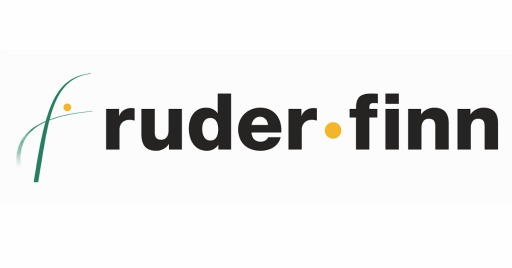Ruder Finn 08 Jun 2022 // 10:12PM GMT

Over the past two decades, I have witnessed the public relations industry undergo a phenomenal transformation. From a time when PR was all about building relationships with media personnel, engaging over courier and facsimiles, PR has come a long way. Web 2.0 changed the tenets of storytelling with the introduction of social media. As the pandemic ravaged the world, a niche concept loved by tech enthusiasts, the metaverse careened its way into the mainstream this year. The next phase of internet – web 3.0 (aka metaverse) offers a platform for multisensory communications forging a deeper connection between branded messaging and customer experience.
As gamification and collaborations with creators happen in the metaverse, communication professionals can leverage this opportunity to deliver the right brand message impactfully. Centering your PR or communications goals around virtual events, such as corporate meetups, concerts, or parties, will not only take consumer engagement to a whole new level but also position the brand for the future. In other words, communication professionals have found another touchpoint in the form of metaverse where they can connect with other brands and audience.
Storyliving: Creating Memorable Experiences
One of the core components of the metaverse is a shared virtual environment that has huge implications from a communications standpoint. With advancements happening in technology, and the metaverse making waves more recently, it is becoming imperative for publicists to use technology in the most strategic way to connect with stakeholders. If the metaverse is here to stay, we might as well make it our second nature. The great thing about the metaverse is that it’s a space where digital meets physical and users can communicate, make art, work, or interact with individuals who are not in the same physical space as them.
In a way, the metaverse can unite the whole world by removing geographical barriers and this is something PR pros can use to their advantage. It will now be easier to reach a larger group of audience at the same time, providing them with more immersive experiences. Though it is important to adapt to Web 3.0, it’s also okay to take your time to understand this new landscape that is still taking shape. As brands have begun creating digital versions of their products or services, it will be prudent to use these in regular interactions with stakeholders and get the conversations going. I particularly liked the way, luxury fashion brand Balenciaga debuted a 10-min episode of The Simpsons at the Paris Fashion Week, where all characters wore brand’s creations. This was quite an impressive way for the brand to engage and interact with its audience, while using their products and virtual characters effectively to share their story digitally.
Virtual brand partnerships are another way PR professionals can get more engagement for their clients. By finding brands and consumers who align with their client’s mission, PR professionals can discover new potential through cross-promotions and opportunities for brand exposure. Most importantly, communications has become more data-driven and targeted due to new use cases in AR and VR generating more data.
The PR approach in Web 3.0 must be innovative, fresh, and unique. For PR professionals, storytelling is a key skill and one of the strongest tools. As the metaverse will be less controlled and highly democratic, it’s time you bring out your creative side and execute all those out-of-the-box campaigns which were shelved in the real world. This innovation is occurring at the intersection of the virtual world and real life where communications is transforming from storytelling to ‘storyliving.’ With storyliving, consumers can strike up a dialogue with their preferred brands. As this humanizes the brand, it cultivates a greater level of trust, loyalty and meaningful relationships between the brand and consumer.
Rise of NFT-focused PR Campaigns
NFTs present the opportunity to build intimate connections with consumers through a piece of IP which will likely appreciate over time and become cherished and valued heirlooms. Given the bespoke characteristics of NFTs, owning the NFTs of a brand can elevate the consumer experience and lend brands a new way to express and define themselves.
A major part of the appeal of NFTs is the ability to narrate brand stories in a new way. PR professionals can integrate stories into NFTs and deliver them through collectible assets. The NFT-compatible PR campaigns open doorways for consumers to gain access to brand content, exclusive events, discounts and special offers. Brands can become far more collaborative with their customers and reward them for their loyalty and attention like never before.
Luxury brands like Louis Vuitton have created iOS and Android games that let players collect 200 candles to unlock incredible stories about the brand. Similarly, fast food giant Burger King launched a large-scale NFT campaign that enabled consumers to unlock digital collectibles via QR codes displayed on its meal boxes. These digital collectibles further directed the users towards unlocking several rewards and unique experiences.
The Bottom Line
The metaverse has the potential to influence how people think, feel, and behave forever. PR professionals are now seeking new ways to authentically connect with people in the virtual world and build long-lasting, meaningful relationships. As more brands and internet users venture into the metaverse, communication professionals will gain access to more consumer data that will lead to the evolution of communications within Web 3.0. To win in this growing space, we as communicators need to identify the strategic challenges, hire people with the right knowledge and skills, upskill our capabilities, and most importantly, monitor real-time customer interactions to develop strong standards that can drive innovation and growth. While examples of successful PR campaigns in the metaverse are few as of now, this is where the future lies.


































.jpg)












